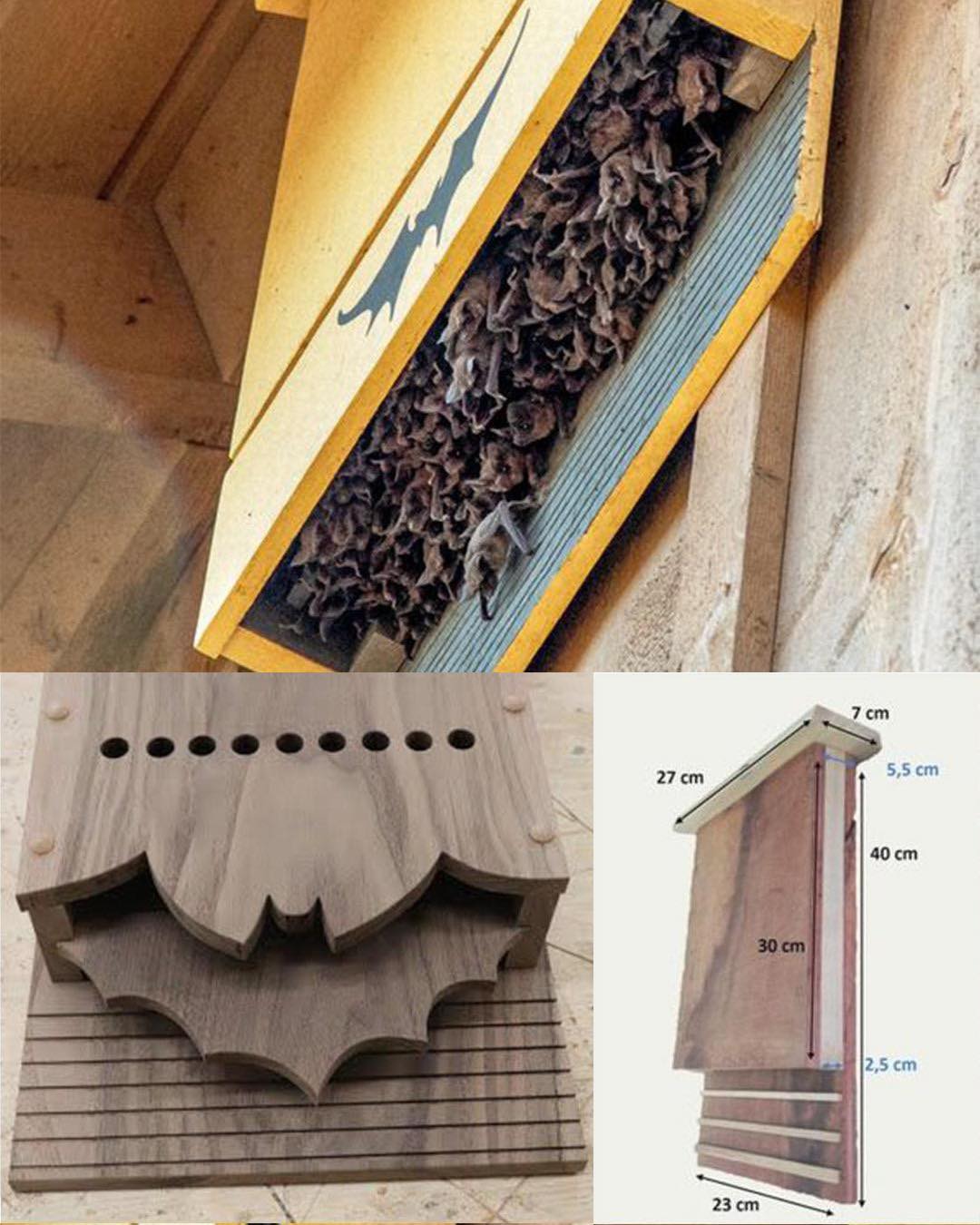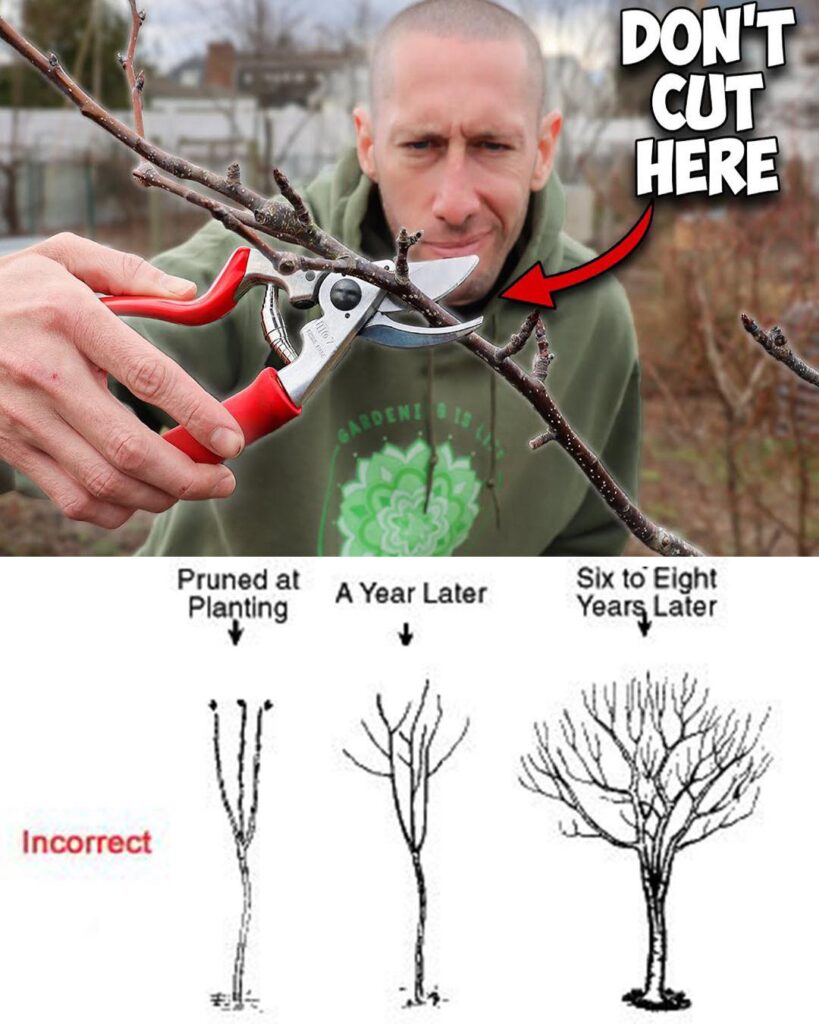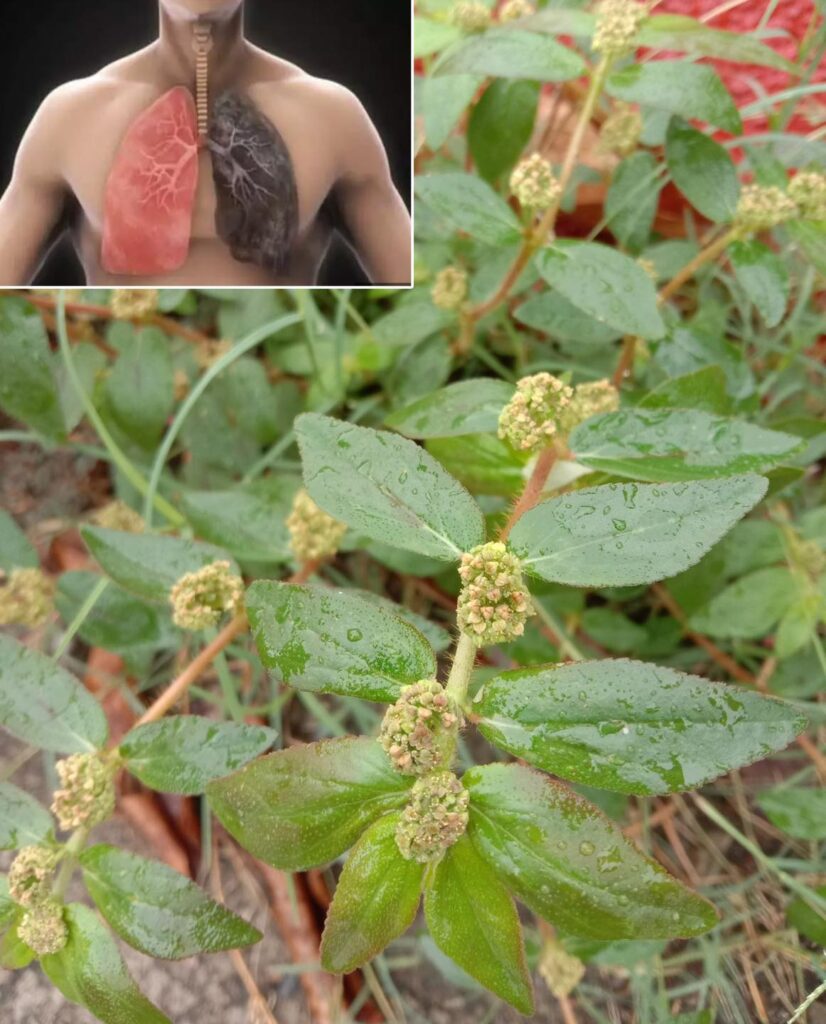Bats play a crucial role in maintaining healthy ecosystems, especially in gardens where they act as natural pest controllers and pollinators. Building a bat house is a fantastic way to encourage these beneficial creatures to reside in your garden, helping you manage insect populations naturally and supporting biodiversity. Here’s a comprehensive guide on how to build and maintain a bat house.
Why Build a Bat House?
- Natural Pest Control: Bats are excellent at controlling pest populations, consuming thousands of insects, including mosquitoes, in a single night.
- Pollination: Some species of bats are also pollinators for fruits like bananas, peaches, and mangoes, contributing to the health of your garden.
- Biodiversity: Encouraging bats in your garden helps to maintain ecological balance and supports various wildlife species.
Materials Needed
- 1/2-inch exterior-grade plywood
- Wood screws
- Non-toxic wood sealant or paint
- Netting or plastic mesh
- Hand saw or power saw
- Hammer
- Caulk
Instructions for Building a Bat House
- Cut Plywood: Begin by cutting the plywood into the required pieces:
- One back piece measuring 24 inches by 16 inches
- Two side pieces measuring 24 inches by 7 inches
- One front piece measuring 24 inches by 12 inches
- Create Chambers: Use plywood or netting to create narrow chambers inside the bat house. Bats prefer tight spaces, so aim for chambers that are about 1-inch wide.
- Assemble the House:
- Screw the sides to the back piece, ensuring to leave the bottom open for ventilation.
- Attach the front piece, leaving a 3/4-inch gap at the top for bat entry.
- Apply Sealant: Seal the exterior of the bat house with a non-toxic sealant or paint to protect it from the elements and ensure longevity.
- Attach Netting: Inside the bat house, attach netting or plastic mesh to help the bats grip and climb inside.
Where to Place Your Bat House
- Location: Choose a warm, sheltered spot that avoids direct wind and rain. Mount the bat house 10–15 feet above the ground on a pole or building. Facing south or southeast ensures the bat house receives sufficient sunlight to stay warm.
- Avoid Trees: While trees might seem like a good location, they make it easier for predators to access the bat house and often do not provide enough sun exposure.
Maintenance
- Annual Checks: Inspect the bat house once a year for any signs of wear or damage. Look for issues like leaks or structural weaknesses.
- Repainting or Resealing: Every few years, reapply a coat of non-toxic sealant or paint to keep the wood protected.
- Clean Out Debris: Remove any old nesting materials or debris to keep the bat house inviting and functional.
By building a bat house, you’re not only providing a safe habitat for bats but also enhancing your garden’s health and ecological diversity. This simple project can yield significant benefits by harnessing the natural pest control and pollination services that bats provide. Embrace this opportunity to contribute positively to your local environment while enjoying a more balanced and vibrant garden.



